When shopping for a gaming PC, you’re faced with a few options: go for a mass-produced prebuilt from brands like Alienware, or splurge on a high-end boutique system from companies like Maingear or Falcon Northwest. The Origin Millennium sits comfortably in between—offering top-tier performance without the flashy, over-the-top design. It’s a powerful, fully customizable gaming rig built with premium components, giving you the flexibility of a DIY build without the hassle of assembly.
Purchasing Guide
The Origin Millennium starts at $2,788, but that base configuration—with an Intel Core i5-14600K and no dedicated GPU—is underwhelming for the price. To get real value, you’ll want to upgrade. The beauty of Origin PC is full customization: you can tailor the system to your exact needs using any available components on their website. Just keep in mind—higher performance means a higher price tag.
Origin Millennium – Photos
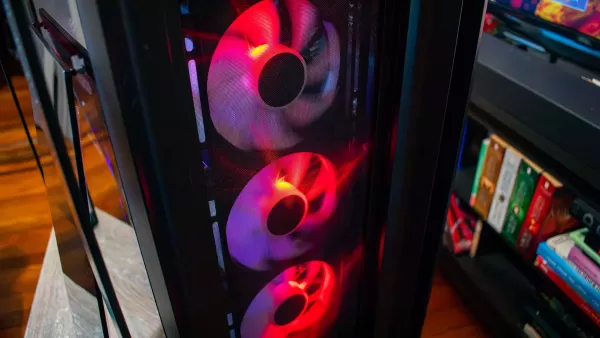
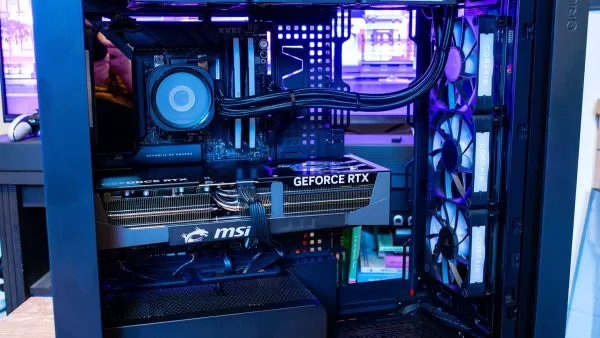
View 8 Images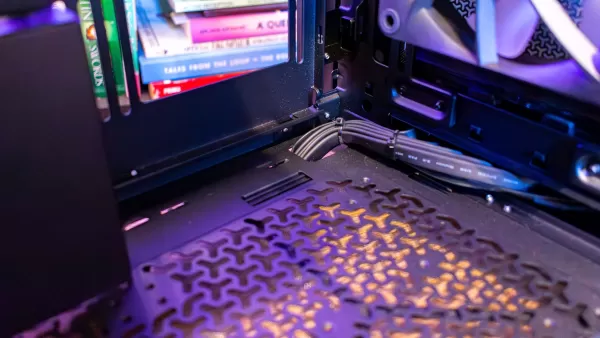
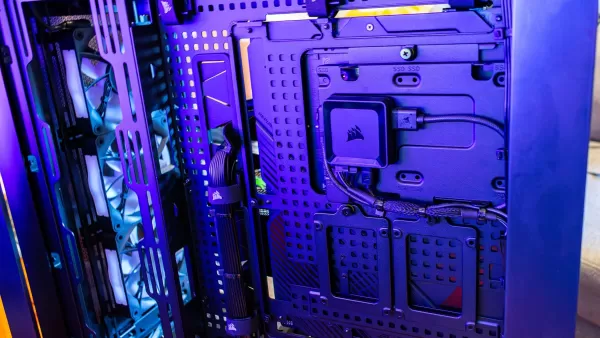
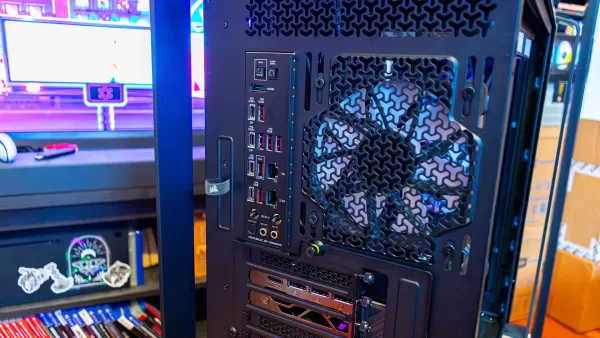
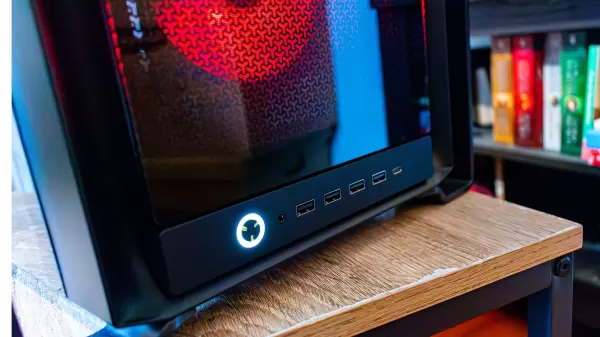
Design and Features
The Origin Millennium is a full-tower ATX case, and it’s massive—weighing 33 pounds before components are installed. Add in a high-end GPU like the MSI RTX 5090 Gaming Trio, a 360mm AIO cooler, and a beefy PSU, and this system becomes a beast in every sense. I had to haul it up three flights in a wooden crate—definitely a two-person job.
One standout design choice is the steel reinforcement bars on all four corners. While they add structural integrity, they also make accessing the interior slightly awkward. The rear-left bar, in particular, interferes with removing the glass side panel. It’s not a dealbreaker—since the bars are removable with an Allen key—but it does add an extra step for maintenance.
Inside, the build quality shines. The interior is spacious, even with a 14-inch graphics card, allowing for excellent airflow. Origin’s cable management is exceptional: wires are neatly routed behind the motherboard tray and secured through grommets, leaving the interior clean and clutter-free.
However, there’s one odd design quirk: the front intake fans and front panel connectors are wired underneath the case, creating a bundle of cables that run externally along the bottom. It keeps the interior pristine, but risks tripping or damage if not managed carefully. It’s a trade-off between aesthetics and practicality.
You can choose whether the front I/O panel and power button are mounted on the top or bottom—ideal for different setups. Bottom placement works best for desk use, while top-mounted ports are better for floor placement or living room integration.
The front panel includes four USB-A and one USB-C port, with even more on the rear. The tested unit features the Asus ROG Crosshair X870E Hero motherboard, which offers four USB-C, six USB-A, dual Ethernet, and HDMI ports for onboard graphics. The RTX 5090 adds three DisplayPort and one HDMI output—standard for Blackwell architecture GPUs.
All in the Configuration
The review unit—priced at $7,241—is overkill for most gamers. But Origin lets you build exactly what you need. For a more balanced option, consider an AMD Ryzen 5 9600X, 32GB RAM, and Radeon RX 9070 XT—a capable 4K setup at $3,392. Still premium, but far more accessible.
Building that mid-range system yourself would cost around $2,397, meaning you’re paying roughly $1,000 for Origin’s assembly and support. The high-end model I tested could be built with off-the-shelf parts for about $6,506, making Origin’s premium around $735 for labor, optimization, and peace of mind.
That premium comes with real benefits: lifetime technical support and free upgrade services (you pay for parts, they do the labor). Plus, the wooden shipping crate, while heavy, is one of the most secure packaging methods in the industry—ensuring your PC arrives in perfect condition.
Whether this is worth it depends on your comfort level with PC building and maintenance. If you’d rather avoid the hassle, Origin delivers a polished, reliable, and expertly assembled system.
Performance
Equipped with an Nvidia GeForce RTX 5090, AMD Ryzen 7 9800X3D, and 64GB of RAM, this Origin Millennium is a performance powerhouse. At 4K resolution, it crushes modern games—most exceeding 100 FPS without frame generation.
Only two titles fell short:
- Assassin’s Creed Shadows: 75 FPS (baseline), boosted to 132 FPS with frame generation (latency increased from 33ms to 42ms).
- Metro Exodus (ray traced): 97 FPS (tested without upscaling, using only DLSS).
In Cyberpunk 2077 (Ray Tracing Ultra, DLSS Performance), the system delivered 127 FPS at 23ms latency. With 4x Multi-Frame Generation, performance soared to 373 FPS with just a 5ms latency increase—far beyond what even a 240Hz monitor can utilize.
Even without frame generation, this configuration handles every current title at max settings in 4K. There’s no need to compromise on visuals—this is future-proof gaming at its finest.






